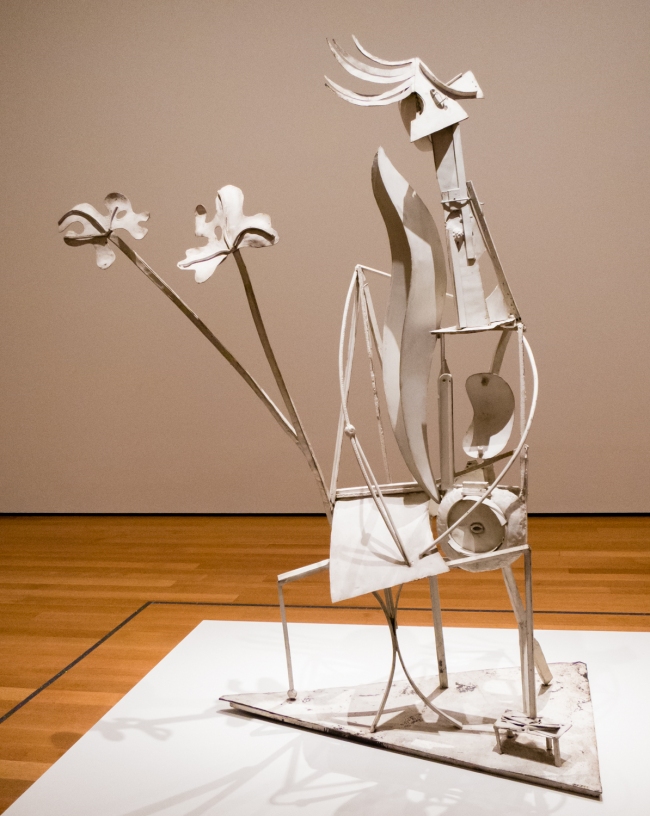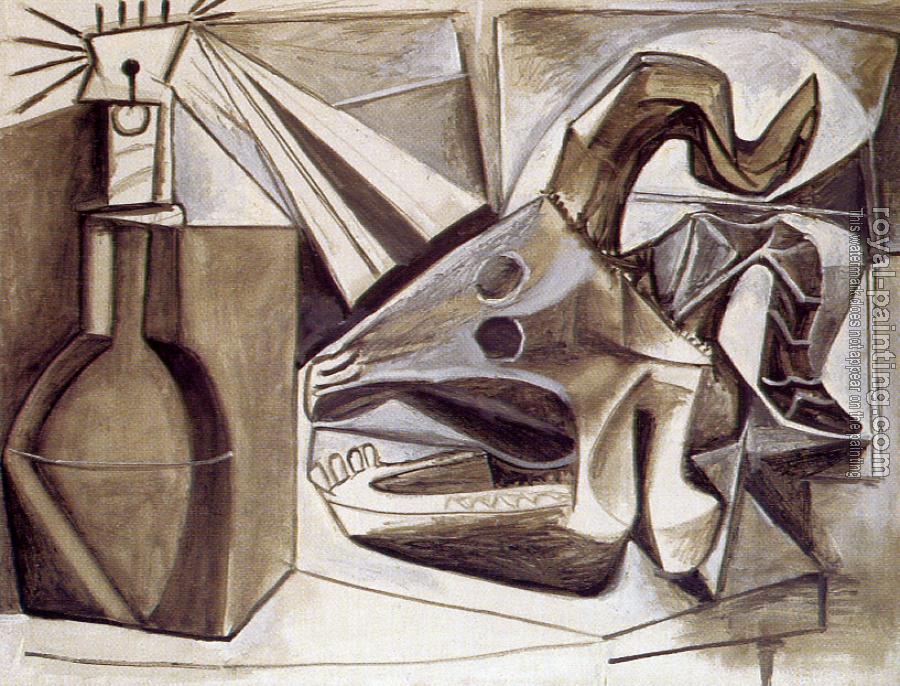
Diego Rivera (Mexican, 1886-1957), The Flower Carrier, 1935, oil and tempera on Masonite, 48" x 47 3/4"
The other day I was expecting a delivery of a fairly expensive garment I'd ordered on line. As the day went into evening, I kept going to my front door to see if the package was there. Finally, just before going to bed I looked one more time - and there it was on my doorstep. At 10 p.m. - which meant that someone had to drive alone in the dark of night to bring me a luxury item I had effortlessly ordered on my computer. I felt relieved the delivery was safe, but, more than anything now, I felt forlorn and guilty. (Perhaps needlessly, it might be said, because the driver could have been someone like a student who was delighted to have part time work that suited a student's schedule).
So, what does my new delivery have to do Diego Rivera's The Flower Carrier painting above? It's a much reproduced image and a painting I've seen many times at its artistic home right here in San Francisco. But the last time I walked past it, I realized she was feeling that same sadness and guilt from the evening home delivery.
And this of course goes to Rivera's brilliant ability to tell seemingly simple stories with an economy of form and color that gives them powerful, transcendent meaning. Here we see two dark-skinned, big-boned individuals. The small man's burden is so heavy he must rely on the assistance of the woman to hold it as he struggles to stand. Every strand of the basket, every leaf and even each blade of grass is earthy and highly individualized. This is not a cozy man and nature painting.
And what is in the basket? Bunches and bunches and bunches of beautiful flowers. Flowers for ladies' hair, for extravagant arrangements on sideboards and tables of restaurants and haciendas. Flowers for enjoyment and visual delight - but not for these laborers who don't - can't actually - relate to them that in way at all. Flowers for people like me.
Rivera's message is not hidden, nor is it bracketed by the era in which he painted. It poses timeless, uncomfortable realities of economic and class differences that go back to the beginning of human societies and are in every headline today. Realities that, unless prodded to do so by art, I would just as soon not dwell on because they make me feel forlorn and guilty.


 *
* ***
***

 It was all so Decorative and the rage was on!! People of all classes were wild for the Japanisme; wearing it and collecting it became what status-conscious Parisians simply had to do.
It was all so Decorative and the rage was on!! People of all classes were wild for the Japanisme; wearing it and collecting it became what status-conscious Parisians simply had to do.  The effects were suddenly everywhere from the new more fully realized and sensual view of women (more sexy in their kimonos), to the use of posters for promotion (the beginning of advertising as we know it)
The effects were suddenly everywhere from the new more fully realized and sensual view of women (more sexy in their kimonos), to the use of posters for promotion (the beginning of advertising as we know it)  , and certainly in painting which was already being transformed (into Impressionism) by new information about the science of light.
, and certainly in painting which was already being transformed (into Impressionism) by new information about the science of light.